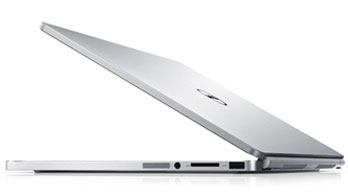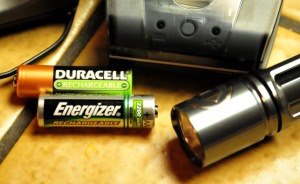The demand for greater bandwidth continues to increase as more and more of both our work and leisure time takes place online. The old Category 5 Ethernet cable, which replaced the original Category 3 cable and was, once upon a time, received with great renowned for its “amazing” capacity of 10Mbps, was soon replaced by the Category 5e and eventually the Category 6, both of which offered gigabyte speeds (1000Mbps). Streaming, video conferencing, peer-to-peer networking and the daily upload and download tasks that are now part of our everyday lives mean that . . . speed is everything.
Faster and Faster
Speed rules. This is the first, and most well-known, difference between ethernet and fiber optic ethernet: fiber optics offer speeds of up to 10 gigabytes per second, and researchers at the University of Southampton in the UK this year announced the development of a hollow fibre optic cable capable of transfer speeds of 10 terabytes a second. That’s 99.7% the speed of light.
There are two types of fiber optics available: multi- and single-modal. With a speed of 10 gigabytes per second, single-modal is used for things like video conferencing and video streaming, and its range of almost 3 kilometers means it’s ideal for connecting substantial networks between buildings. Multi-modal is used for things like VoIP networks and has a range of 2 kilometers. By contrast, the range of an ethernet connection is less than 330 feet.
Physical Construction
Ethernet connections work by transferring data as an electric signal through copper, aluminum or silver. While sufficient for many personal and even office uses, metal cables are susceptible to electromagnetic interference (EMI) which can diminish connectivity and speeds (and is the reason that mobile phones can sometimes be heard over baby monitors, for example).
Conversely, fiber optic ethernet uses cables comprised of glass or plastic fibers that transmit signals through light rather than electricity. This eliminates EMI altogether, and the superior speed of a fiber optic ethernet network is the result of the superior speed of light over electricity.
Security and Data Protection
EMI is not simply a problem in terms of disruption to the signal received and the transfer of data, but also poses a security risk. On a basic level the premise is this: If EMI can get in, data can get out. Fluctuations in the magnetic field outside of your connection carry the information within your connection as radiation, and can therefore be “tapped.”
While a fiber optic ethernet cable is immune to fluctuations outside of the network, it does contain its own magnetic field. This field is strictly confined within the fibers; however, tapping a fiber optic network would require actually cutting into the fibers themselves.
Cost: The Myth
While the cost of fiber optic cables is usually greater than standard ethernet cables, the cost of service provision itself is not so different. You pay for faster speeds and greater usage of data, but you can be sure that you’re getting what you pay for, and as competition between service providers heats up, the cost of fiber optics goes down as providers vie for customers.
If you are connecting networks over a distance larger than 328 feet, then the need for additional cables and routers, together with their maintenance and installation, can sometimes mean that a fiber optic ethernet network is cheaper. Fiber optic cables are lighter, and the cost of the glass or plastic materials used in their construction is far cheaper than a metal such as copper.
In Conclusion
A fiber optic ethernet network is unavoidably a superior network. The advantages of greater bandwidth can’t be ignored, and with enhanced security as a bonus the additional costs of installing or converting to fiber optics are negligible.
Much as the old Category 3 cable was made redundant by later versions, it is likely that fiber optics themselves will become the norm and make earlier, more costly and less secure network connections obsolete.


